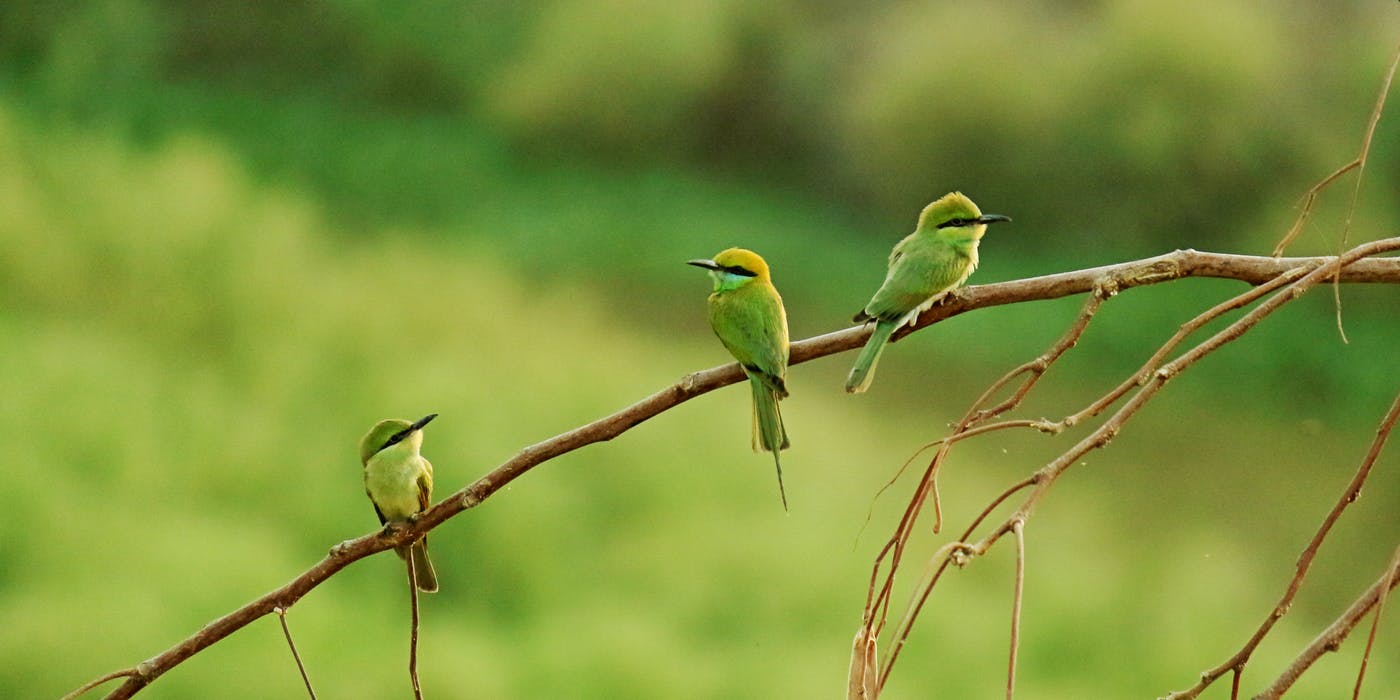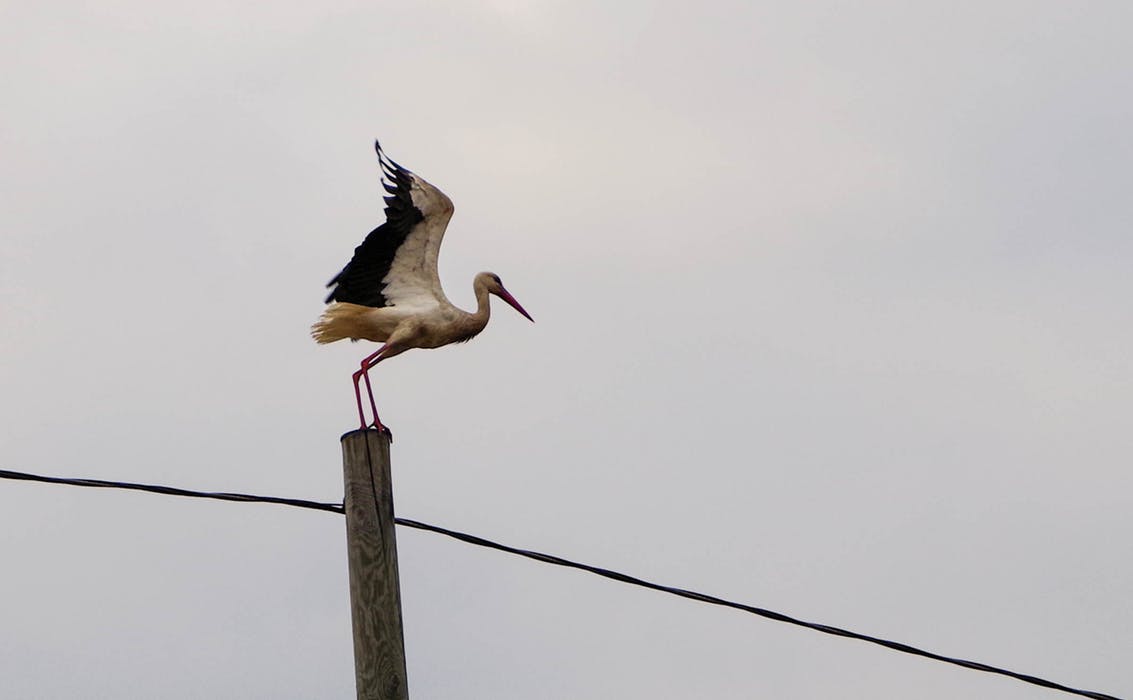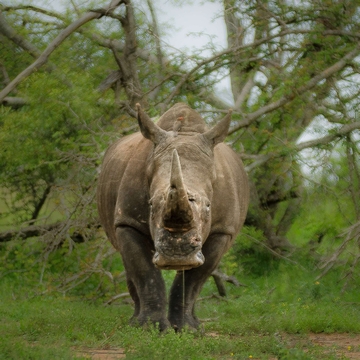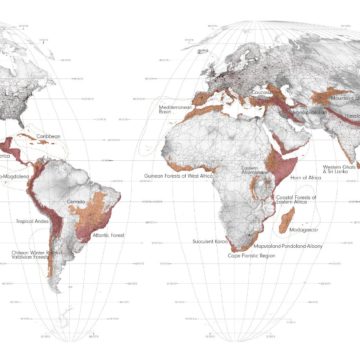The making of a conservationist Prime Minister

When a Congress leader writes a biography of Indira Gandhi, you expect unadulterated praise. Jairam Ramesh’s India Gandhi: A Life in Nature has that in ample measure. For a non-partisan reader willing to look beyond, it has another important aspect – it tells you how most of the environment protection laws in India came about.
If another biography of Indira Gandhi, India’s third Prime Minister, had to be written, it was perhaps fitting that it concentrated on this aspect of Indira Gandhi’s life, largely ignored by her other biographers. Gandhi was known as a nature lover. So is Jairam Ramesh, who had a brief stint as India’s environment minister.
As Ramesh traces the development of Indira Gandhi’s environmental consciousness, it becomes clear that she came to it from a conservation viewpoint – to save endangered animals and birds. It started early through walks in the Kashmir Valley with her father, who continued to write to her about the need to protect nature even when he was in prison. Her own bird watching started when she was in Allahabad’s Naini jail during the Quit India movement.
The famous birdman Salim Ali – a lifelong friend of the Nehru-Gandhi family – had a lot to do with expanding that love for nature. He was also instrumental in developing that love for nature into a need to protect habitats as a way to protect endangered animals. It is an absorbing tale of how Indira Gandhi the Prime Minister had to battle various interest groups to have forests declared as protected areas, and the mixed success she had.

The Nehru-Gandhi family had many friends among the erstwhile royal families of India, and some of these maharajahs had already made some forests out of bounds for others, since they wanted the exclusive right to hunt there. Given this background, it was perhaps inevitable that Indira Gandhi would be accused of elitism whenever she wanted to expand the protected area network. It is to her credit that she stuck to her guns.
The other part of environmental protection – the control of air, water and soil pollution – does not seem to have come as naturally to Indira Gandhi. The legacy of her father Jawaharlal Nehru – India’s first Prime Minister – was to encourage heavy industries and to leave it almost totally unfettered from the environmental point of view. Nehru’s naïve faith in large dams was also reflected in Indira Gandhi’s approval to projects such as the Tehri dam and the Sardar Sarovar dam. But to do her justice, Indira Gandhi did see the need to control air and water pollution, and laid down the laws we still have today, although those are under constant attack.
To make his case for Indira Gandhi as a nature lover and a policymaker who helped control pollution, Ramesh quotes extensively from the former Prime Minister’s correspondence, notes on file and other records.

Those records show the background behind the 1973 launch of India’s flagship Project Tiger – the long correspondence with WWF officials. It also shows that Indira Gandhi could move remarkably fast once she made up her mind – the task force for Project Tiger was set up overnight. It led to accusations of imperiousness and lack of democracy, but it also meant action where prolonged discussion would probably have led to stasis.
Reading the book, there is reason to believe that Indira Gandhi was influenced by environmentalists abroad, at least some of the time. For years the government had refused to scrap the hydroelectric project in Kerala’s famous Silent Valley – home to the densest tropical evergreen forest in India. Protests from environmentalists in India did not yield results. Indira Gandhi finally scrapped the project when the International Union for Conservation of Nature and the World Wildlife Fund raised the issue in international forums.
Many consider Indira Gandhi’s finest hour as an environmentalist was during the 1972 international conference in Stockholm, where she is often misquoted as having said poverty is the greatest polluter. This has since been misused by many to argue for development without any care for the environment. It is good that Ramesh’s book sets the record straight by quoting Indira Gandhi to say that development and environmental protection can and must go together. That is a message more important than ever today.




